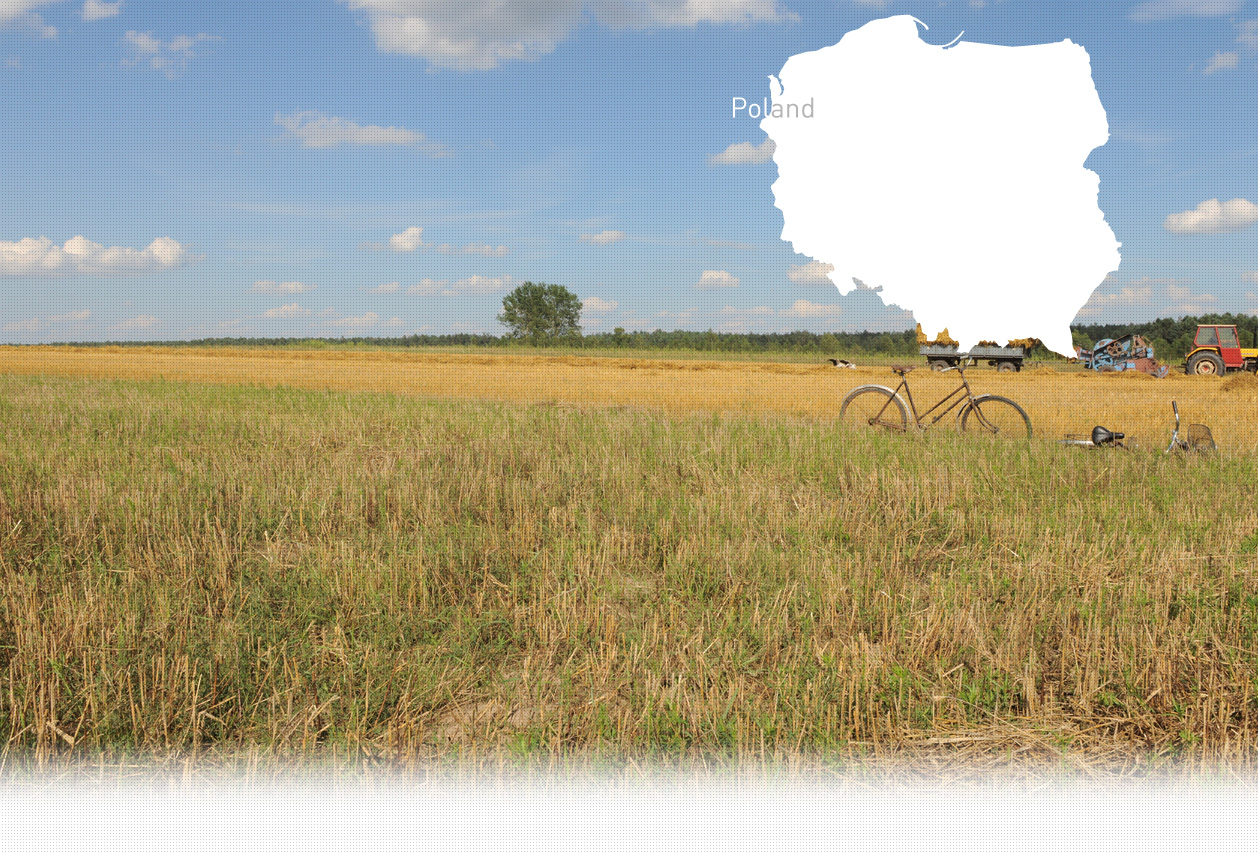

1 Killing site(s)
Edward W., born in 1925, recalls: “I remember the only Jewish family from Pobikry very well. There were six people in the family: two daughters, two sons and their parents. Their name was Pelchowicz. When the Germans occupied the village, all the Jews from the district had to move to the ghetto, but this family didn’t follow the order. One day, they got severely beaten by some Germans, probably because they were found outside of the ghetto. Their house was burned down and the Germans told them to go to Ciechanowiec ghetto immediately. But instead they came to our house. It was forbidden for us Poles to help Jews, but we took them home for the night. One of these Jews, Mosko, was very injured and he almost died that night. His got beaten very severely. His head was so swollen that we couldn’t even see his face, his eyes or nose! It was huge, full of blood! That’s how they beat him. My mother had the idea to put some leeches on his head and that’s how she saved his life. The next day, the Germans came to take them to the ghetto. They wanted to know who took them for the night but the Jews didn’t turn us in. They told the Germans that they slept on the meadow because their mother was too weak to walk. Before leaving the village, they had to wash their faces in the puddle, while being beaten by the German and by the chief of the post office who came for them from Ciechanowiec. I’ve never saw them again, they were all killed (…)”(Eyewitness n°589, interviewed in Pobikry, on June 17, 2016)
Court inquiries about executions and mass graves
1. Date and place of execution: November 1941, village of Pobikry, Ciechanowiec County
2. Type of execution (shooting, hanging or other): shooting;
3. Personal data of the executed victims
Polish, Jews, other nationalities: Jews;
Number of executed victims: about 150 Jews
Origin of the victims: victims were brought from Ciechanowiec the day before the execution;
Victim’s name, age, profession and address: unknown;
[Deposition of Michalina P., 46 years old; an inhabitant of Skorzec, Ciechanowiec County;
RG-15.019M Reel#1]
Pobikry is a village in the Wysokie Mazowieckie County. It lies approximately 12 km from Ciechanowiec. According to our witness, Edward W., born in 1925, there was only one Jewish family living in Pobikry before the war. One of the biggest Jewish communities in the County was concentrated in Ciechanowiec where Jewish inhabitants made almost 70% of a total population. In Ciechanowiec, Jews had several synagogues, houses of prayer, at least two mikvah and four or five Jewish cemeteries. There was also a Jewish hospital and a Talmud-Torah school. Jews in Ciechanowiec were mainly traders and artisans. They owned many shops and organized many smaller and bigger markets, some of them very popular in the region, for example the very famous annual horse market. Jews played a major role in a textile industry and in the educational and cultural life of Ciechanowiec with their youth orchestra, several libraries and theatre groups.
On the 1st of September 1939, right after the beginning of the WWII, Ciechanowiec was bombed and occupied by German troupes who robbed Jewish possessions. According to the Molotov-Ribbentrop Pact, Ciechnowiec found itself under the Soviet occupation until June 1941 when the Germans reoccupied Ciechanowiec. They created a ghetto in October 1941. In winter of the same year, there were about 4.000 Jews there from Ciechanowiec and surrounding villages and towns, such as Zaręba and Czyżewo. According to Edward W., born in 1925, when the Germans occupied Pobikry they ordered the only Jewish family from the village to leave their house and move to the ghetto. All six members of that family were eventually killed.
In the early fall, a group of more than two hundred Jews from Ciechanowiec ghetto were brought to Pobikry to perform forced labor in a local manor. Edward W. remembers that, for a month or two, Jewish men and women would work on manor’s potato fields and would clean the nearby ponds. After several weeks, they were shot on the road right outside of the village. During that execution, Germans killed 100-150 Jews. Only a few of them managed to flee. Several men from the village were requisitioned to dig a huge pit and bury the victims’ bodies right after the execution. The mass grave was dug on the execution site. A monument was built on that spot to commemorate the martyrs.
The Ciechanowiec ghetto was liquidated in November 1942. During two liquidation actions, the remaining Jewish inmates were transported from the ghetto to the Treblinka extermination camp.
Do you have additional information regarding a village that you would like to share with Yahad ?
Please contact us at contact@yahadinunum.org
or by calling Yahad – In Unum at +33 (0) 1 53 20 13 17